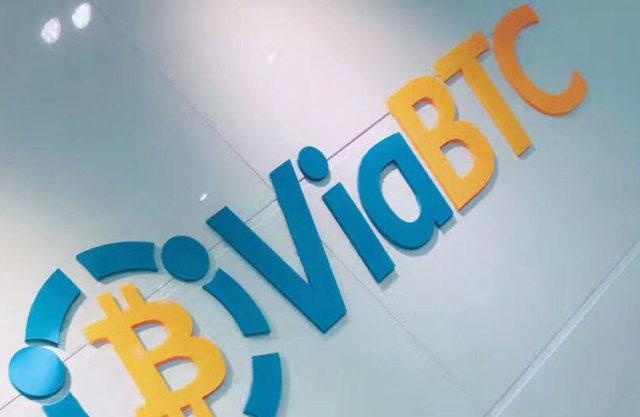The stablecoin USDT from Tether in March, at the height of the banking crisis in the United States, proved to be the most reliable crypto asset. Its main competitor in the stablecoin niche, USD coin (USDC), lost its peg to the dollar for several days after the collapse of Silicon Valley Bank (SVB), in which its issuer, Circle, partially stored funds to back the stablecoin, writes RBC Crypto.
The problems of the affected banks did not affect Tether, and the USDT exchange rate at the moment even slightly exceeded $1 due to high demand, when holders of other stablecoins began to massively transfer their assets to it. Circle’s troubles have caused several other less capitalized stablecoins, such as DAI or FRAX, to decouple from the dollar.
USDT dominates existing stablecoins and is the third largest crypto asset by market cap, behind only Bitcoin and Ethereum (ETH). Between March 16 and March 20, Tether issued another 5 billion coins, which increased its capitalization to $77 billion. This coincided with the rise in the price of bitcoin to its highest level in the last 9 months and with the withdrawal of almost $6 billion from the USDC stablecoin – a loss parity with the dollar hit his reputation hard.
Why now
The issuance of new stablecoins, especially USDT, in significant volumes often causes a stir among retail traders, as many believe that the “printing” of the next batch of USDT necessarily leads to the growth of bitcoin or other cryptocurrencies. Unfortunately, this, like most other interpretations of what is happening, is erroneous due to the fact that people do not delve into the intricacies of Tether, comments Taisiya Romanova, a crypto expert and author of the GFiS Channel telegram channel.
Back in 2018, Tether publicly announced the decision to issue the next batch of USDT in advance, before the actual receipt of funds to the accounts to provide new coins, explains Romanova. According to the official version, this was due to the fact that there were delays during the issuance immediately at the time of receipt of funds to the bank account. Therefore, in order to speed up and optimize the process, the release goes immediately in a large batch, and their inclusion in circulation is carried out as soon as applications are received from users or exchanges. Similarly, in large batches, the process of the so-called burning of USDT is carried out, that is, removing them from circulation when users enter fiat.
.
According to Romanova, “it would be strange” if a company with market leadership did not foresee such an outcome. The total capitalization of all “stable coins” practically did not increase, only the dominance of USDT increased against the background of other large stablecoins, the expert adds.
New USDT and bitcoin rate
As a rule, the growth of the bitcoin rate is often accompanied by an increase in the emission of stablecoins, but it is difficult to talk about a clear causal relationship, as well as to determine which of these comes first, Zuborev notes.
For example, in 2020, the USDT emission began to “accelerate rapidly” already in August-September, and the rise in the price of bitcoin only started closer to mid-October. At the same time, the December 2020-January 2021 rally was accompanied by a moderate increase in USDT emission, and with the transition to a smoother increase in the bitcoin rate, USDT emission, on the contrary, began an explosive growth. Therefore, contrary to logical expectations that the inflow of capital into the market has a positive effect on the price, the relationship is not always obvious.
The growth in the amount of USDT is rather a coincidence of the factors resulting from the rise in the price of bitcoin and redistribution in the structure of different stablecoins. It is hardly possible to consider this event as a harbinger of a new rally in the very near future, Zuborev believes. The increase in capital in the market will have a long-term effect in the future, but this is only one of the secondary factors for future growth, the analyst concludes.
Source: Cryptocurrency
I am an experienced journalist and writer with a career in the news industry. My focus is on covering Top News stories for World Stock Market, where I provide comprehensive analysis and commentary on markets around the world. I have expertise in writing both long-form articles and shorter pieces that deliver timely, relevant updates to readers.






